It’s a topic people don’t like to talk about: every person dies. Despite the inevitable, there are certain steps Veterans can take to help their survivors navigate VA when that time comes.
Below are some helpful tools for Veterans to help prepare survivors when the time comes. Print a copy of this and keep it with the documents. Labeling the folder “VA DOCUMENTS” or something else will help a surviving spouse, caregiver or family member when the time comes.
Documents
There are a few documents Veterans should compile to help survivors. Putting these together with a will, life insurance policies and other important documents will help make interacting with VA easier.
The first document is a copy of the Veteran’s Report of Separation. For Veterans who discharged after Jan. 1, 1950, this is the DD-214, Discharge Papers and Separation Documents. Before January 1, 1950, several similar forms were used by the military services, including the WD AGO 53, WD AGO 55, WD AGO 53-55, NAVPERS 553, NAVMC 78PD and the NAVCG 553.
Information shown on the Report of Separation may include the service member’s:
- Date and place of entry into active duty
- Home address at time of entry
- Date and place of release from active duty
- Home address after separation
- Last duty assignment and rank
- Military job specialty
- Military education
- Decorations, medals, badges, citations and campaign awards received
- Total creditable service
- Foreign service credited
- Separation information (date and type of separation, character of service, authority and reason for separation and separation and reenlistment eligibility codes)
For Veterans who don’t have a copy, request one from the National Archives at https://www.archives.gov/veterans/military-service-records.
Don’t put this off
It can take quite a while to get copies of these documents from the National Archives. While VA will make every attempt to get these documents for Veterans, they can save loved ones unnecessary delays by getting these before they are needed.
Other documents needed include marriage or birth certificates. These are important to show the relationship to the Veteran.
The final document needed is a death certificate when the time comes.
There’s a quick start guide at https://www.va.gov/files/2020-11/burials-and-memorials-guide.pdf to help survivors.
Burial
The most immediate action a survivor will take is burial. Veterans, service members, spouses, and dependents may be eligible for burial in a VA national cemetery. This comes with benefits such as a no-cost headstone, marker or medallion, a Presidential Memorial Certificate, a U.S. flag for presentation to next of kin, and a burial allowance. The Department of Defense or local Veterans Service Organizations also provide military funeral honors – folding and presentation of the burial flag and playing of Taps – for those families that request the honors.
The person qualifying for burial benefits must be:
- A Veteran who wasn’t discharged under dishonorable conditions, or
- A service member who died while on active duty, active duty for training, or inactive duty for training
- A National Guard or Reserve member is eligible if they were called up to active duty and served their full term of service, and weren’t discharged under dishonorable conditions, or were entitled to retirement pay at their time of death, or would have been entitled to retirement pay if they weren’t under age 60 at the time of death
- The spouse or minor child of a Veteran, even if they die before the Veteran, or in some cases, the unmarried adult dependent child of a Veteran, is also eligible for burial, but is not eligible for the burial flag, burial allowance, Presidential Memorial Certificate or military funeral honors.
Pre-qualify for burial
However, Veterans can make that process easier through a pre-need determination of eligibility.
Pre-need does not mandate that a Veteran or their spouse must be buried in a national cemetery but it makes the process easier so loved ones do not have to go looking for military discharge documents upon the Veteran’s death.
“If you aren’t sure your service qualifies for burial in a national cemetery, a pre-need determination of eligibility could give you peace of mind and ease the burden on your loved ones in that very difficult time,” said Jay Dalrymple, director of the National Cemetery Scheduling Office.
Through pre-need, Veterans can apply to find out in advance if they receive a burial in a VA national cemetery. Veterans can go to https://www.va.gov/burials-memorials/pre-need-eligibility/ and fill out a form to determine eligibility. Any eligible Veteran will receive a letter confirming eligibility. When a Veteran dies, either a survivor or funeral director can call the National Cemetery Scheduling Office at 800-535-1117 to request a burial. A pre-need determination of eligibility will usually make this process faster and easier.
More details are at https://www.va.gov/burials-memorials/schedule-a-burial/.
There’s also a Before You Call checklist available at https://www.cem.va.gov/pdf/NCA_NCSO_BeforeYouCallChecklist.pdf. Veterans can print and fill out the paperwork to help survivors.
Benefits
A survivor’s first call should be to the Veterans Benefits Administration national call center at 1-800-827-1000. Here, a survivor can check on the status of a claim, obtain tax documentation, notify Veterans Benefit Administration of the death of a Veteran or a benefit recipient and learn about benefits available to surviving family members.
There’s also a quick start guide at https://www.va.gov/files/2020-11/survivor-quick-start-guide.pdf to help families.
“It is important to call right away – particularly if the Veteran was receiving benefits – to start the process for possible transition to survivor benefits and to ensure there is no overpayment that can cause indebtedness to the government,” said Ann Duff, Survivor Assistance director. “The Office of Survivor Assistance provides expert information about survivor benefits to survivors, Veterans and family members.”
Reach them via email at officeofsurvivors@va.gov.
VBA has a pamphlet called Planning your Legacy at https://www.benefits.va.gov/BENEFITS/docs/VASurvivorsKit.pdf or at local Regional Offices.
The first 20 pages of the booklet are used to provide information survivors will need – everything from account numbers and the location of a will to where the Veteran would like to be buried and recommended pallbearers. The last 40 pages are examples of VA forms that may need to be filled out once a Veteran passes. There’s also instructions for filling them out.
“When I do outreach, I always talk about this booklet,” Duff said. “It’s a great way to bring up an uncomfortable subject in a matter of fact way and get the information that survivors need written down. Once it’s complete, just slip your DD-214 in and put it in a safe place”
For life insurance claims, survivors can call 800-669-8477.
Topics in this story
More Stories
Each week, we receive job announcements from employers and employment websites—including RallyPoint, RecruitMilitary, VetJobs and HireMilitary—looking to hire Veterans. This post contains links to job listings for the week of July 22, 2024. Each week, we’ll continue to post relevant and timely listings as we receive them, and for the locations listed.
VA hosted its second virtual regional Veterans Experience Action Center (VEAC) June 11-13 as part of a series targeting recently separated Veterans and military members nearing transition out of the armed services.
VA Secretary Denis McDonough spoke to Veteran gamers at the Warrior GMR Mental Health and Gaming Summit July 12 in Washington, D.C.

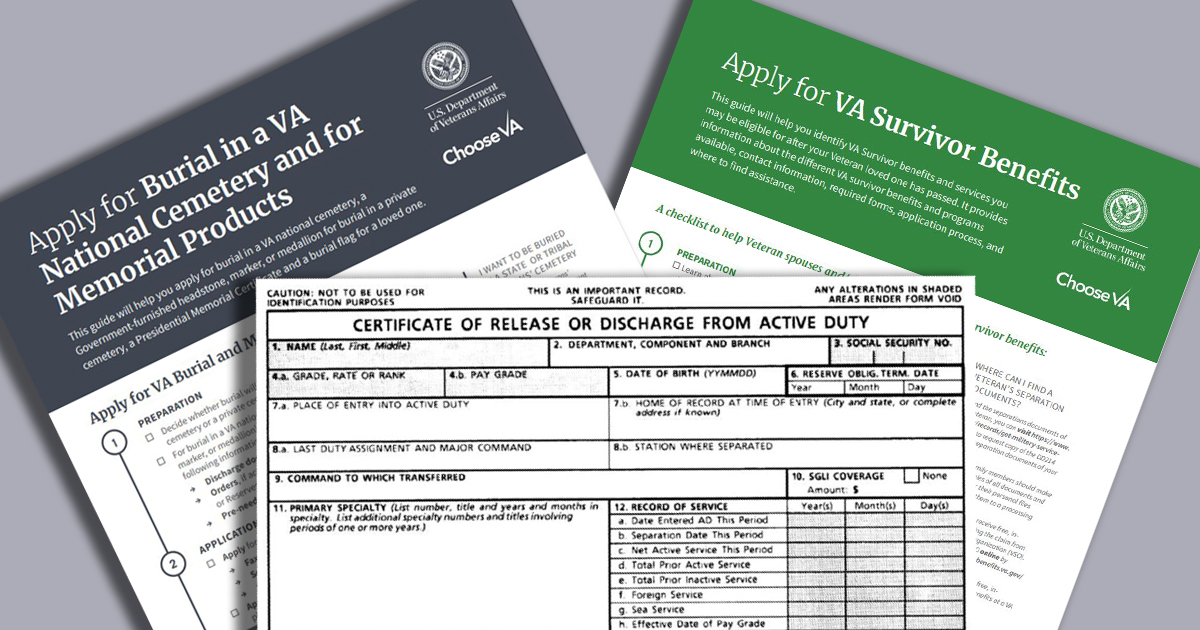

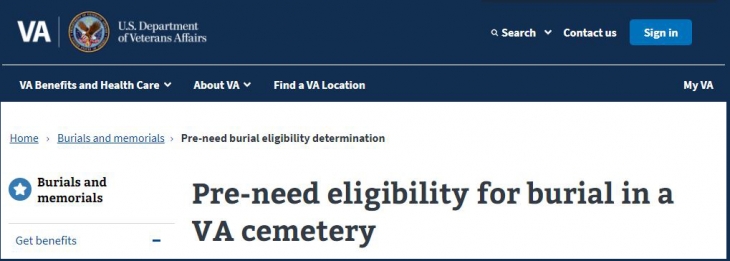
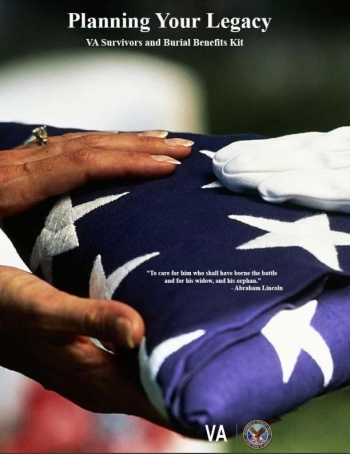
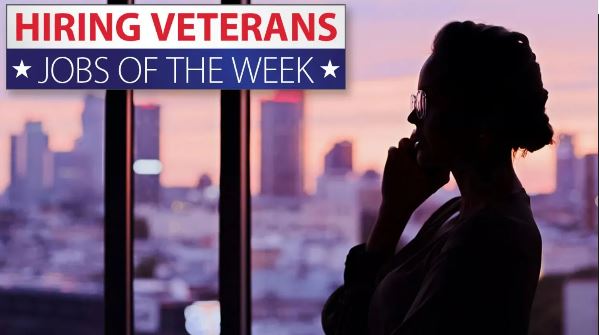

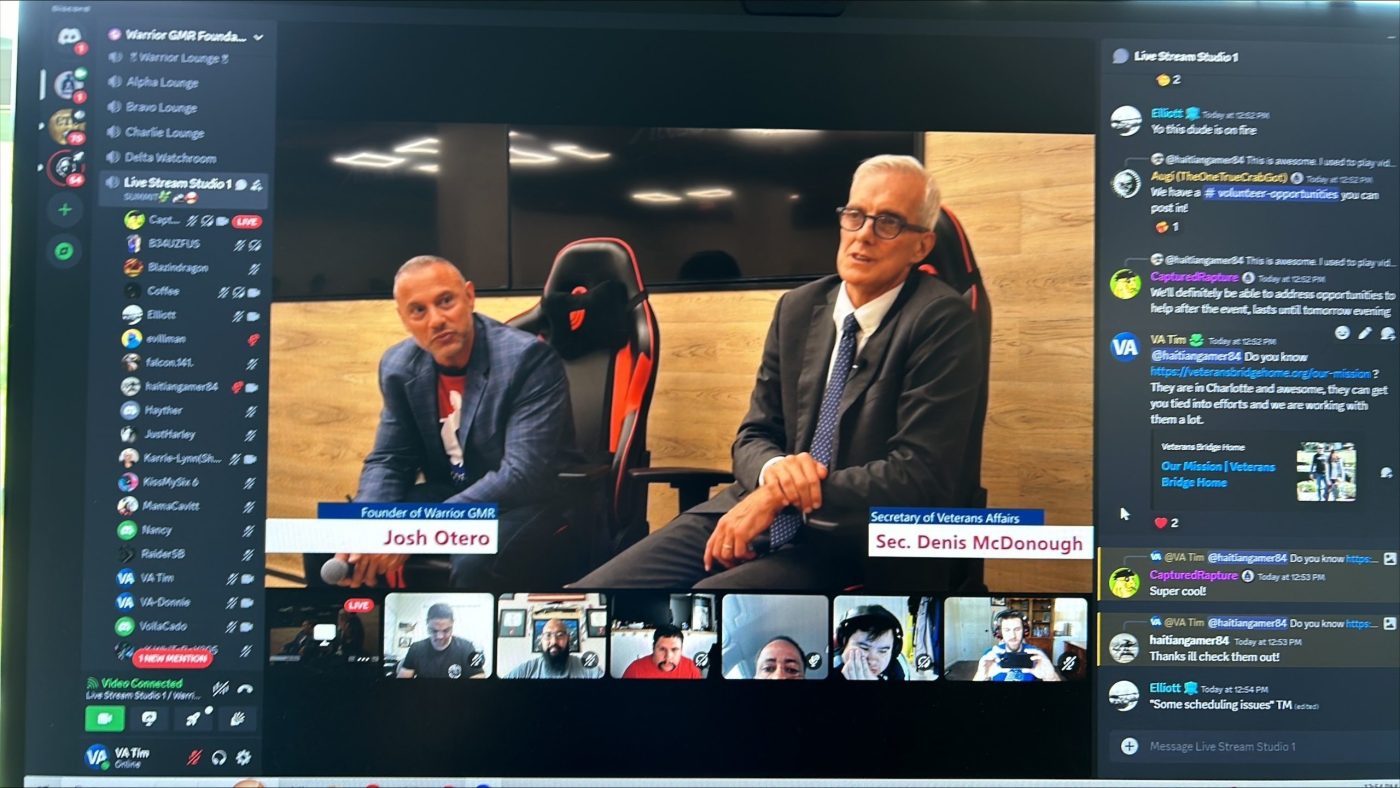


Out standing!